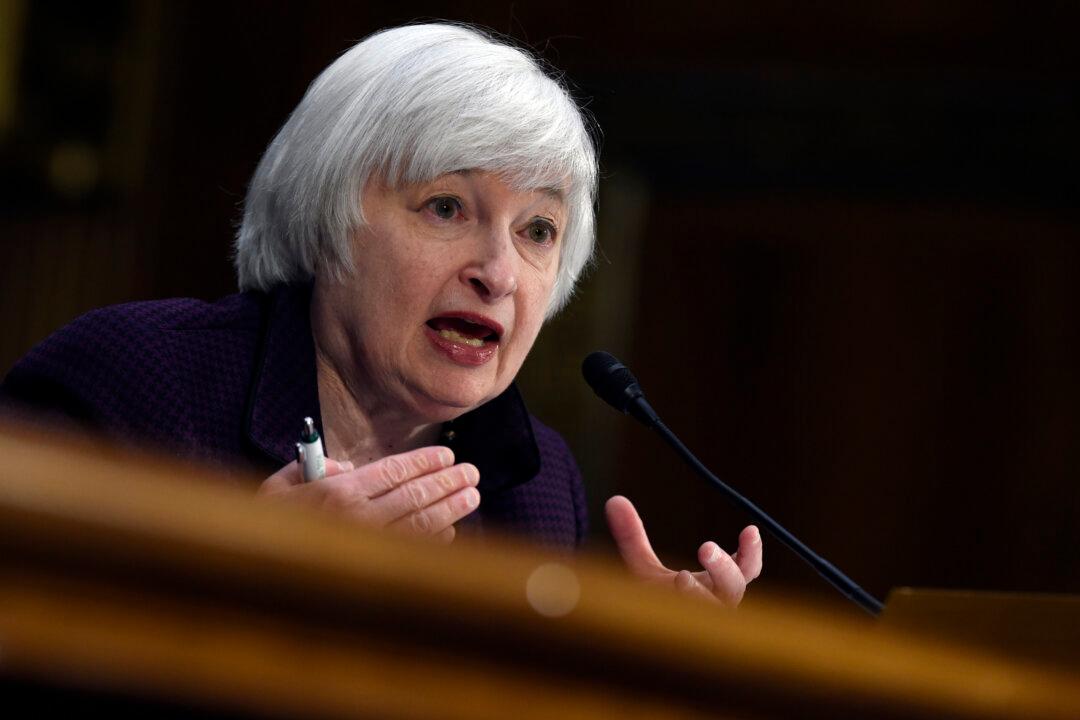The Fed is singing a similar tune to the Bank of Canada in that first-quarter economic growth slowed, but the U.S. central bank appears more tempered in its expectations for improvement in the economy later in the year.
The Federal Open Market Committee (FOMC) kept the federal funds target range unchanged at 0 to 0.25 percent on Wednesday, April 29, just as it strongly hinted it would at its last meeting in March. From here on in though, rate hikes are fair game, provided the economy shows a lot more strength.
According to the FOMC, “The Committee anticipates that it will be appropriate to raise the target range for the federal funds rate when it has seen further improvement in the labour market and is reasonably confident that inflation will move back to its 2 percent objective over the medium term.”
Labour market underutilization “was little changed”—meaning not improving the way the Fed would like it to. This characterization was a downgrade from March when the Fed described labour market underutilization as “continued to diminish.” Earlier in the month, the March jobs number was a disappointing 126k.
Inflation seems to have stabilized in the U.S., albeit at below-target levels, and the Fed sees it moving back to target as the temporary effects of low oil prices and import prices wear off.





